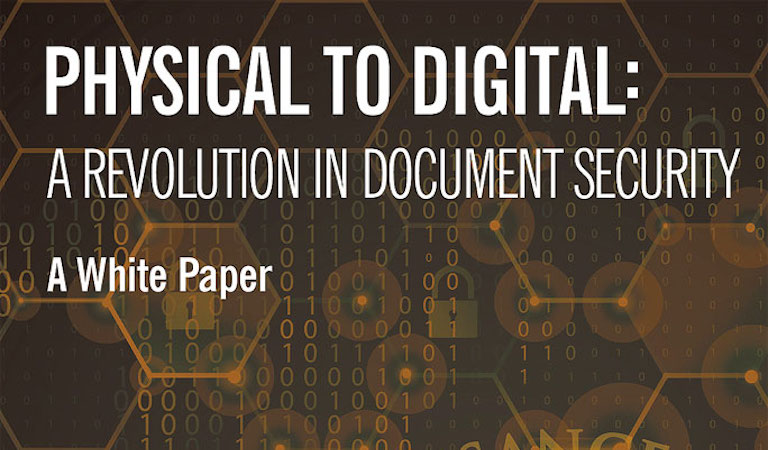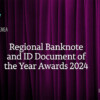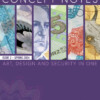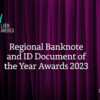There is a revolution underway in the secured document field, as society migrates from using physical secured documents, such as banknotes and identity cards, to the use of smartphones and electronic payment cards for financial transactions and as carriers of our identity credentials.
There is a perception that this revolution is well underway and that the transition from physical to digital is inevitable, unstoppable and irrevocable. The drivers are user convenience and provider cost savings, allied to the technical community’s belief that it can deliver a new way of doing things. Perception trumps reality for now, though, as cash is still used for most retail purchases globally and passports are still required to enter a territory. Nonetheless, this transition is inevitable, so there is a need to consider the impact and implications of this change.
Physical documents are tangible, familiar, and with security and authentication features built in. Moreover, there are a thousand years of history and experience in the world of banknotes, passports and other secured documents, and a key driver for specifiers and designers is security and document protection. In this physical world, professional document examiners develop a sixth sense, a feeling for the document which comes with familiarity and practice.
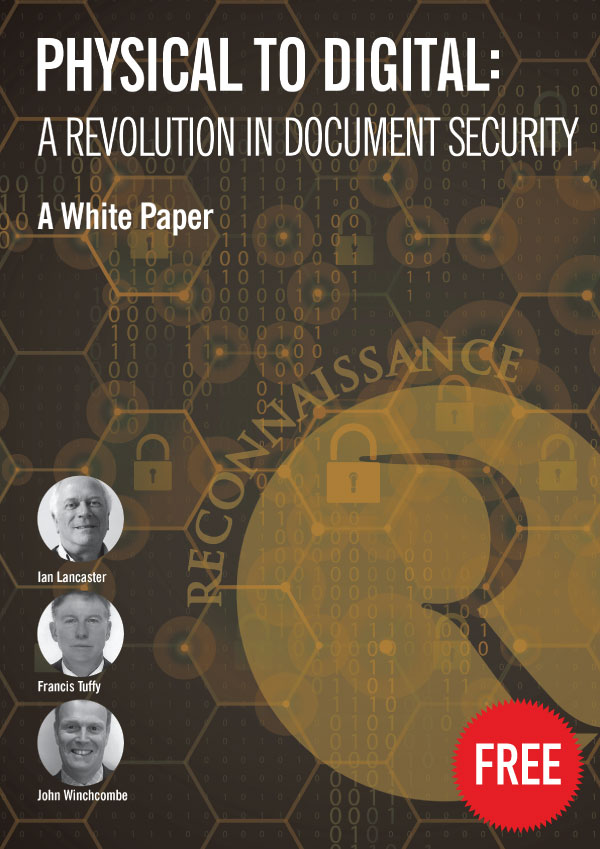
The result is reflected in the low counterfeiting levels for banknotes and passports (eg. 0.003% of euro banknotes in circulation and 2% of passports worldwide), which compares to, say, the World Health Organization’s estimate that worldwide 10% of medicines are fake. More pertinently, the rate of fraud using payment cards is a large multiple of the banknote counterfeit rate – over 300 times more in the eurozone.
Want to read more… You can download your free copy on our online store.
